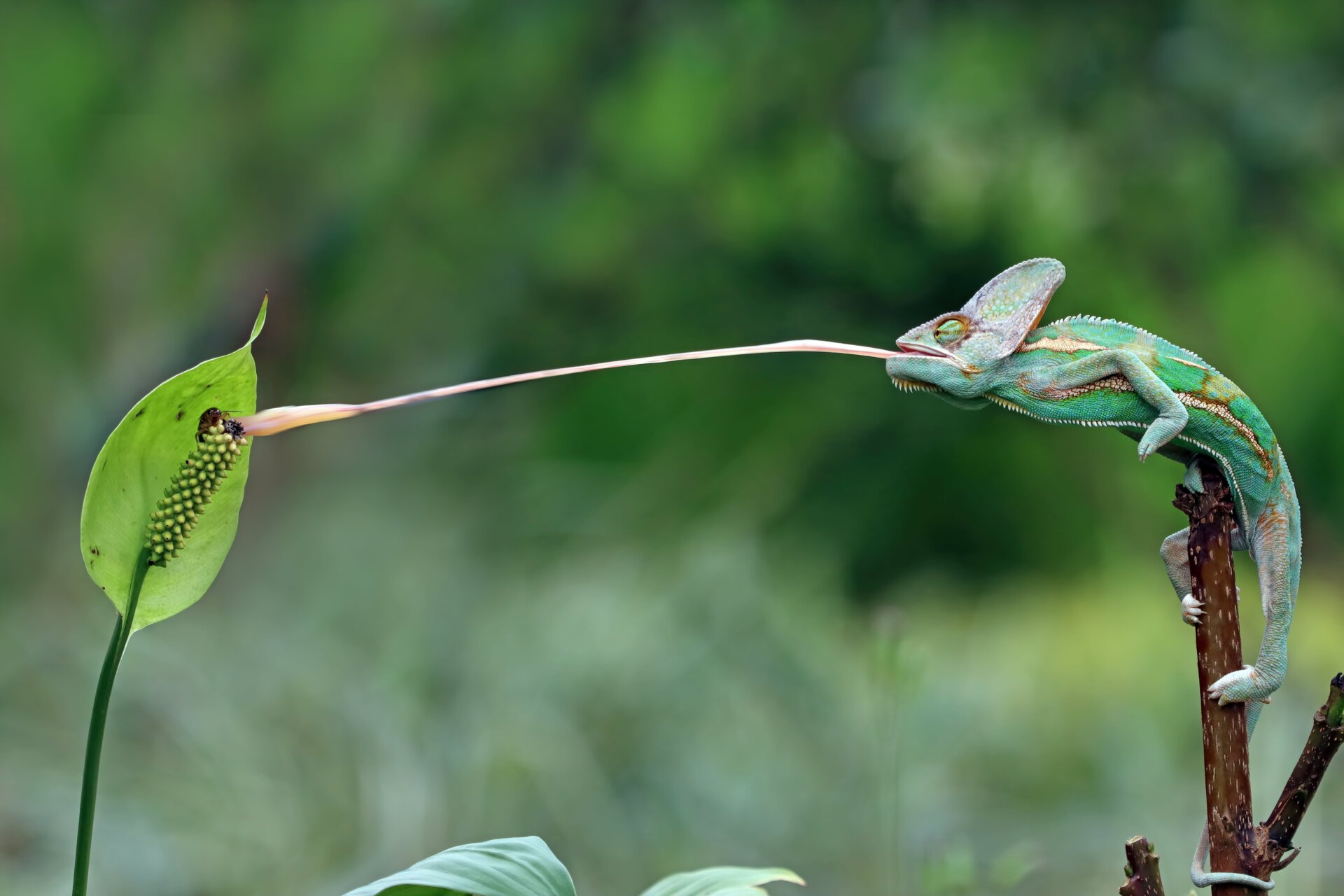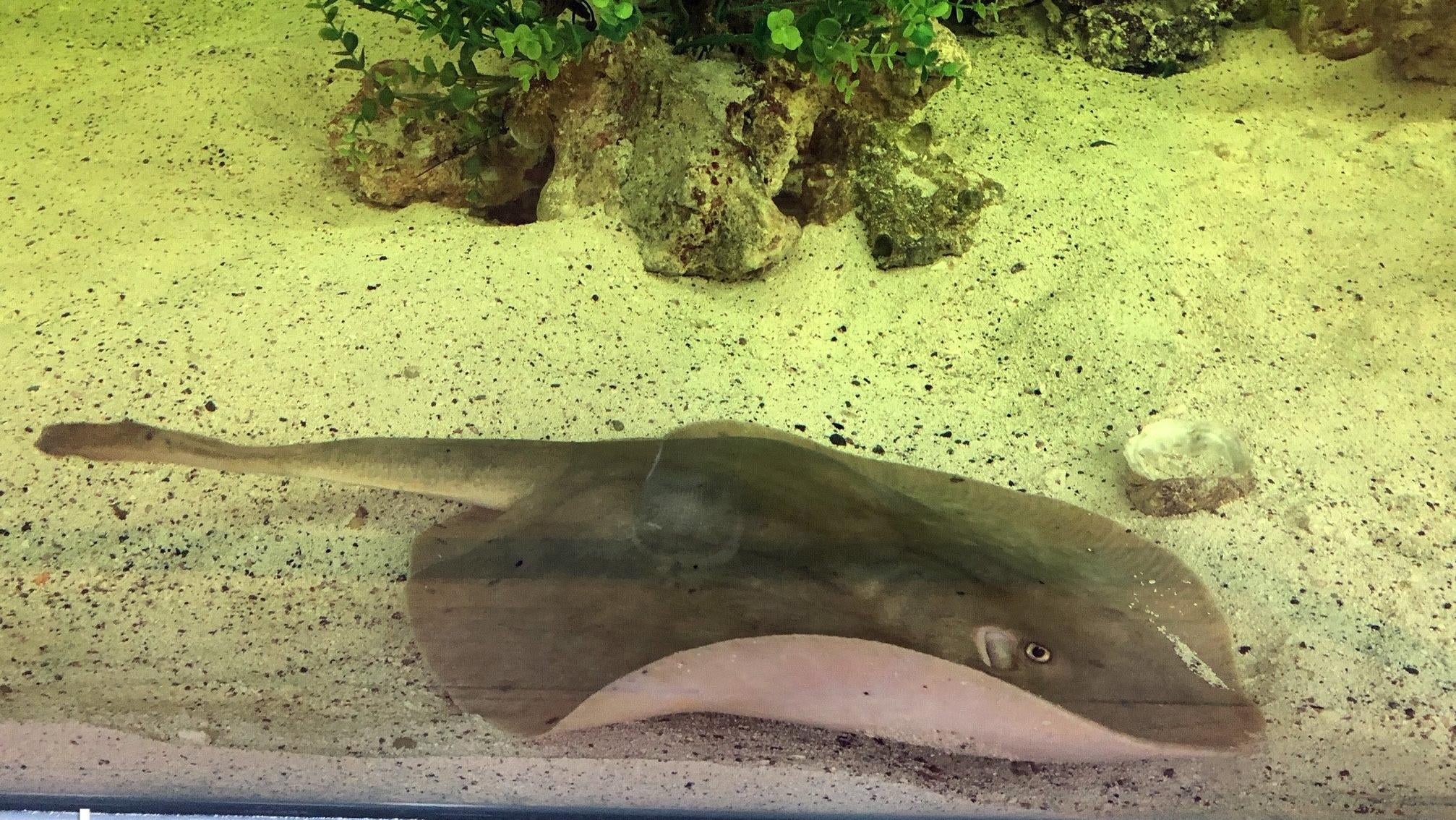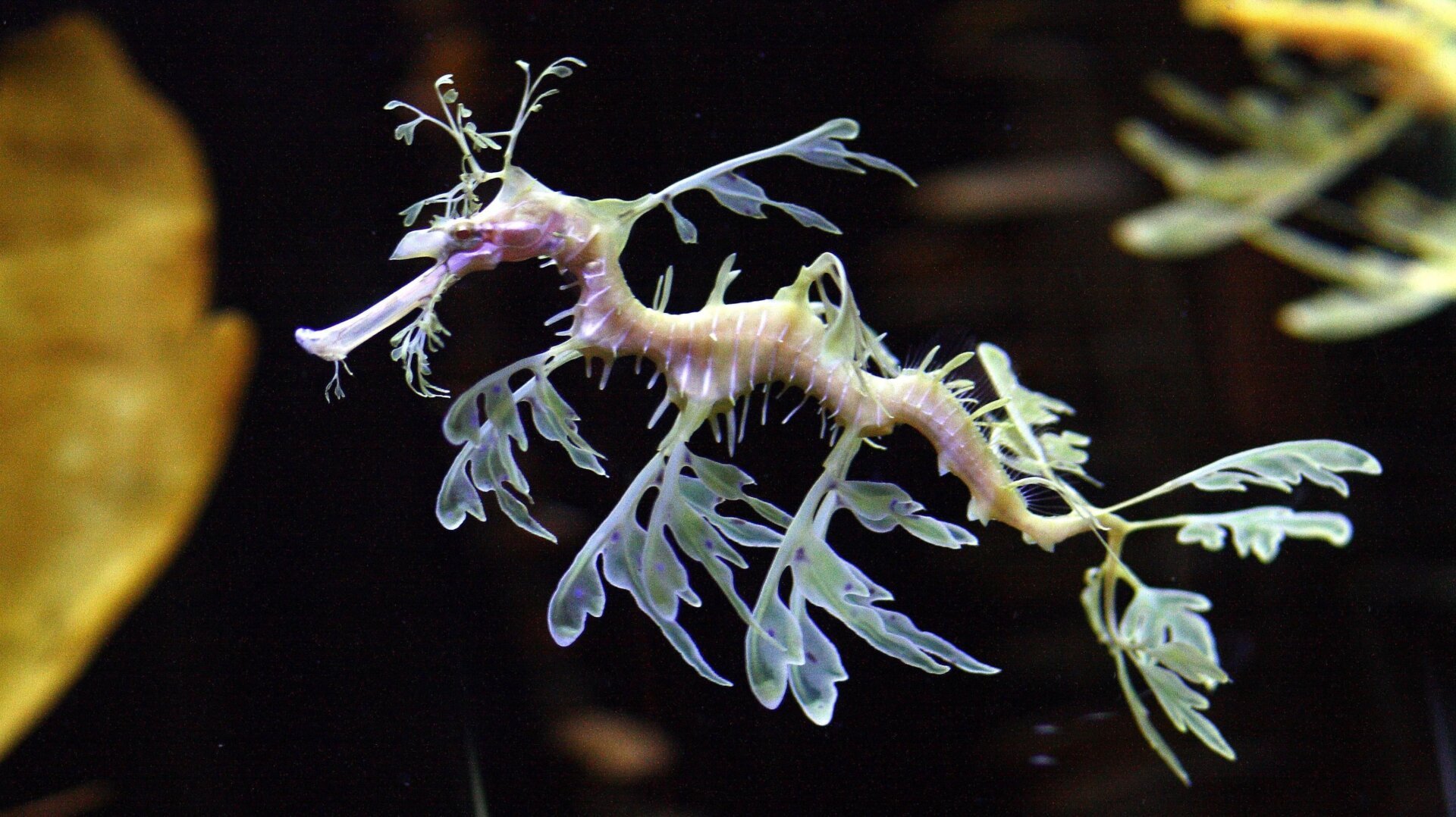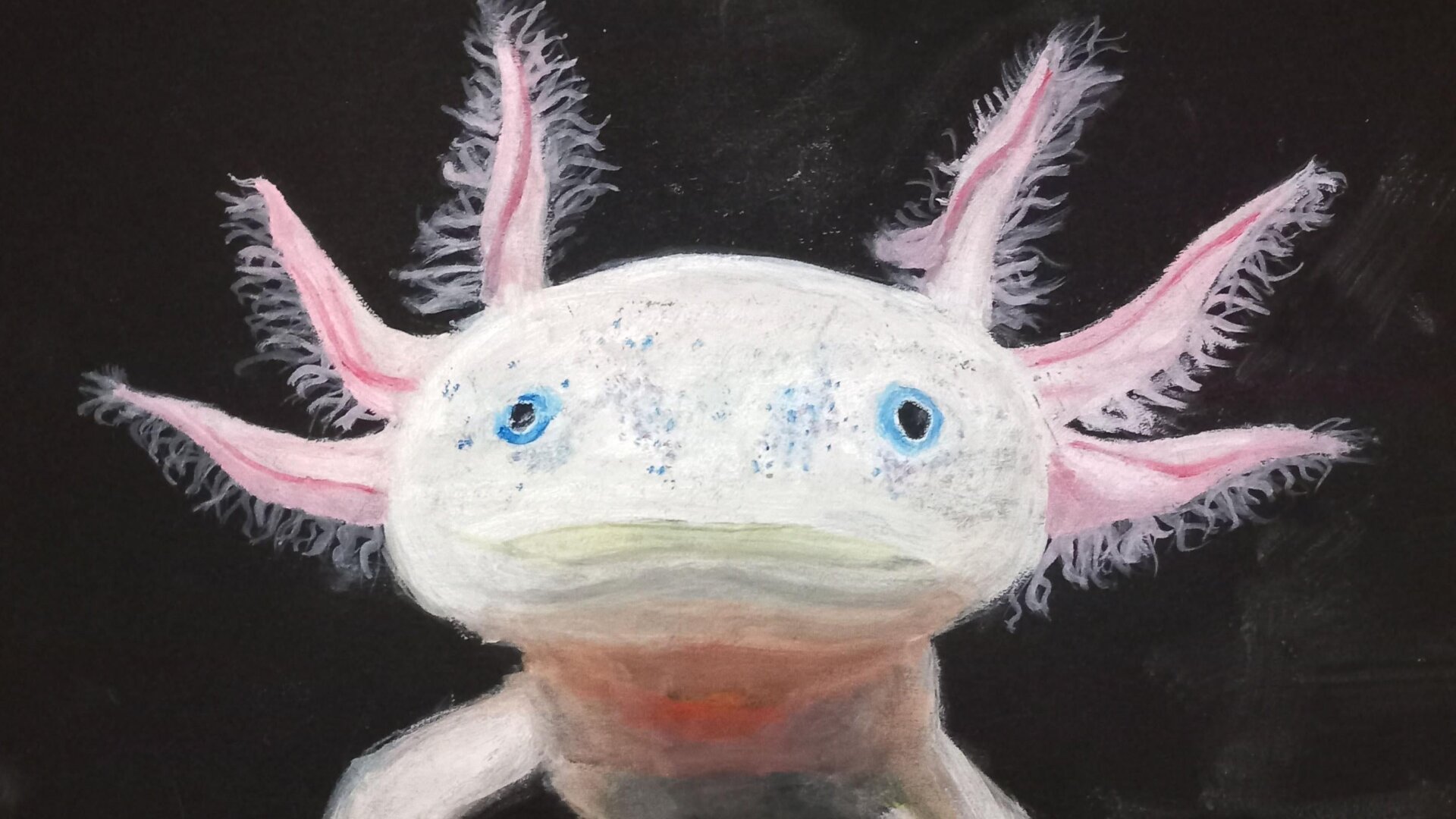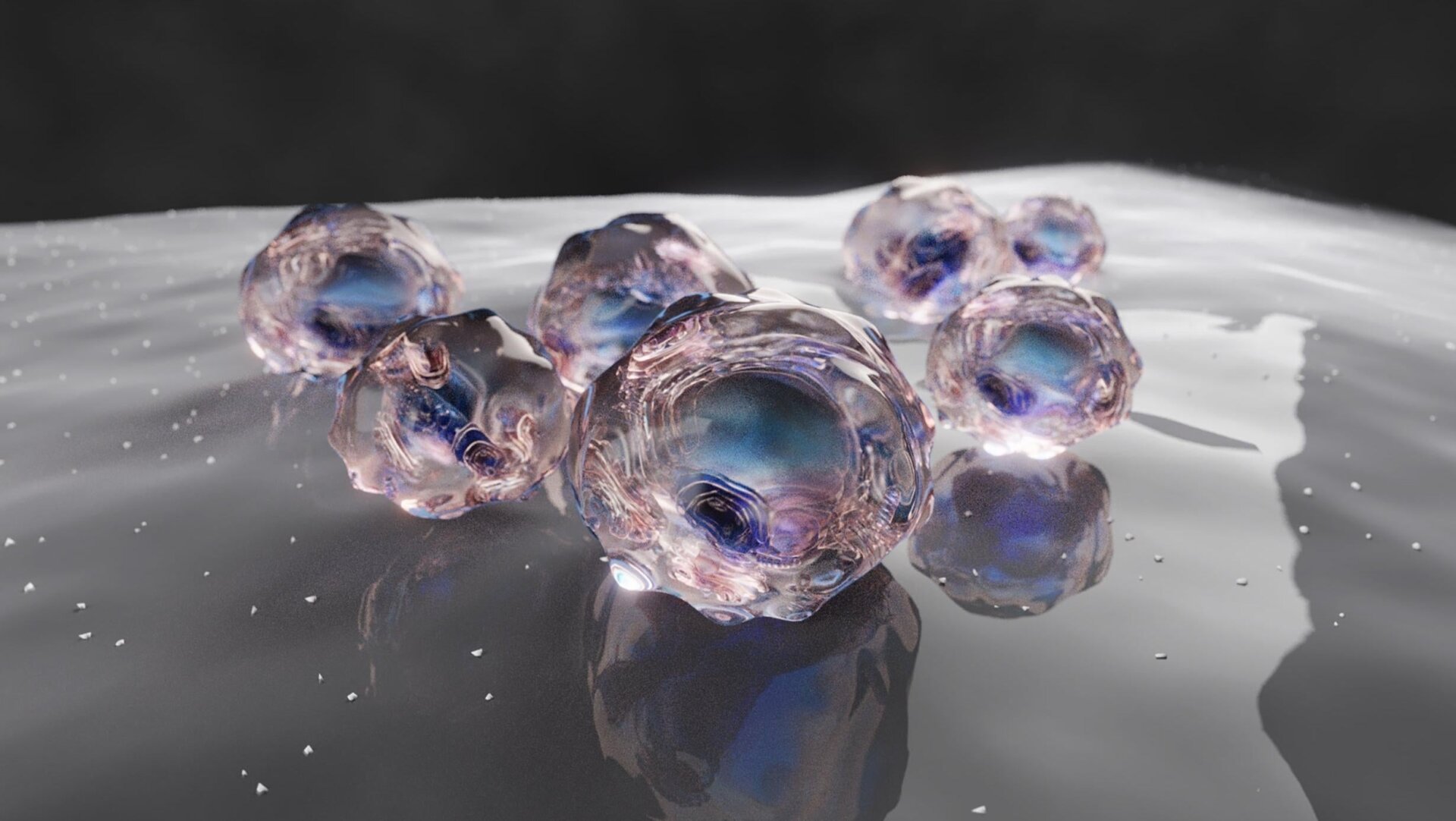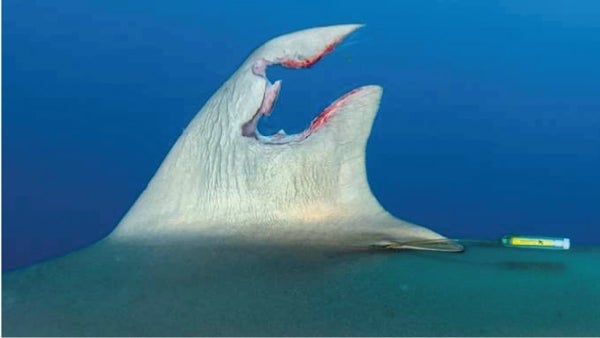Billions of years of evolution have resulted in the millions of species inhabiting Earth today. Organisms range from microscopic to massive, each possessing unique adaptations like large ears, flat tails, compound eyes, or even infrared vision. While every adaptation serves a purpose, some are undeniably more fascinating than others. This list highlights 15 of the most delightful inventions evolution has bestowed upon extant species.
Bioluminescence
Certain organisms, like fireflies and deep-sea creatures, have the remarkable ability to produce light through bioluminescence. This adaptation is used for communication, attracting mates, or luring prey.
Echolocation
Bats and dolphins navigate and hunt using echolocation, emitting sound waves and interpreting the returning echoes to create a “sound map” of their surroundings.
Camouflage
Masters of disguise like chameleons and stick insects have evolved camouflage, allowing them to blend seamlessly with their environment for both predation and protection.
Mimicry
Some species, such as the viceroy butterfly mimicking the monarch butterfly’s appearance, have evolved mimicry to deter predators by resembling poisonous or dangerous species.
Regeneration
Certain animals, like starfish and salamanders, possess incredible regenerative abilities, allowing them to regrow lost limbs or even entire body parts.
Flight
Birds, bats, and insects have conquered the skies thanks to the evolution of flight. This adaptation allows for escape from predators, access to new food sources, and migration over long distances.
Poisonous Skin
Poison dart frogs and other poisonous species have evolved toxic skin secretions as a defense mechanism against predators.
Electric Organs
Electric eels and other electric fish have developed specialized organs that generate powerful electric fields for hunting and self-defense.
Infrared Vision
Snakes like pit vipers possess infrared vision, allowing them to detect heat signatures and locate warm-blooded prey even in darkness.
Photosynthesis
Plants and algae utilize photosynthesis to convert sunlight into energy, forming the base of the food chain and producing the oxygen we breathe.
Chemosynthesis
Deep-sea organisms living near hydrothermal vents rely on chemosynthesis, a process that converts chemicals from the vents into energy in the absence of sunlight.
Hibernation
Bears and other animals utilize hibernation to survive harsh winter conditions, slowing their metabolism and conserving energy.
Migration
Many bird species, butterflies, and other animals undertake long-distance migrations to follow seasonal changes in resources and breeding grounds.
Metamorphosis
Insects like butterflies and moths undergo metamorphosis, transforming from larvae to adults through distinct developmental stages.
Parental Care
Many species exhibit parental care, investing time and resources in raising their offspring, increasing their chances of survival.
These are just a few examples of the fascinating adaptations that have arisen through evolution. The natural world continues to inspire awe and wonder with its diverse and ingenious solutions to life’s challenges.



